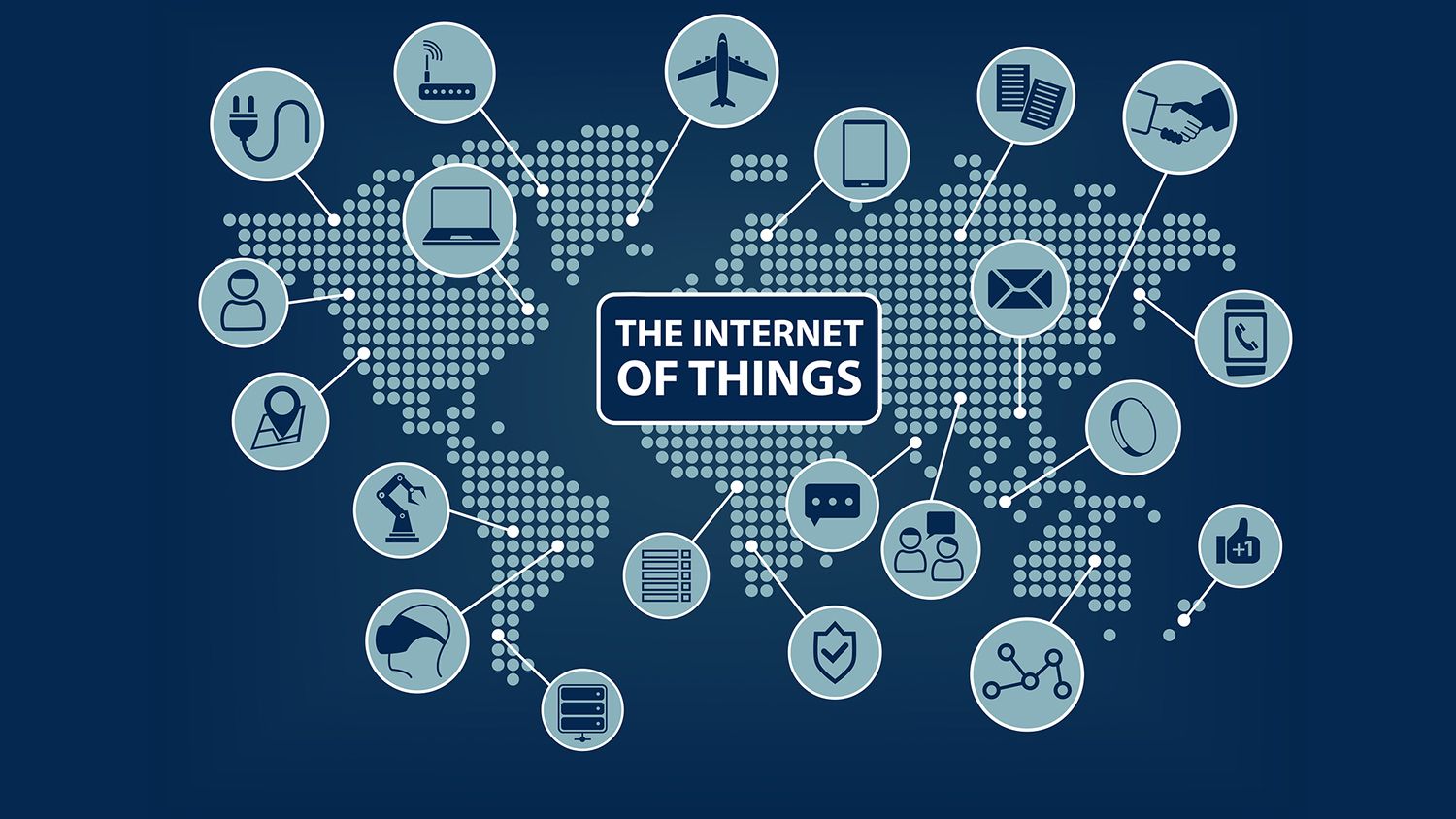The Role of IoT in Modernizing Supply Chains
The Internet of Things (IoT) has become a game-changer in transforming supply chains, providing real-time insights, optimizing operations, and creating a more resilient and efficient supply chain ecosystem. By integrating IoT devices—such as sensors, RFID tags, and GPS trackers—businesses can monitor and manage goods in transit, track warehouse inventory, and even predict potential disruptions.
1. Real-Time Asset Tracking and Monitoring
IoT devices enable supply chain managers to track assets in real-time, offering visibility from the moment products leave the supplier until they reach the end customer. RFID tags and sensors, attached to containers or individual products, offer detailed information on location, temperature, humidity, and other environmental conditions. This capability allows companies to proactively address issues such as delays, spoilage, or loss before they impact the customer.
Companies like DHL and Maersk use IoT sensors to track shipments in real-time. This technology helps ensure that goods are delivered on time and under the right conditions, reducing operational risks and improving service quality.
2. Warehouse Automation and Inventory Management
IoT technologies, such as automated guided vehicles (AGVs) and smart shelves, are revolutionizing how warehouses operate. These systems automate repetitive tasks like inventory checks and material handling, improving the accuracy of inventory data and reducing labor costs. Smart sensors can also notify managers when stock levels are low, prompting automated reordering, which helps prevent stockouts and overstocking.
Amazon utilizes IoT-enabled robots to optimize its warehouse operations. These robots are guided by sensors and RFID tags, ensuring accurate inventory tracking and efficient movement of goods throughout the warehouse.
3. Predictive Maintenance
IoT-enabled devices help supply chain managers predict equipment failures before they happen. By collecting and analyzing data from sensors attached to machinery, IoT systems can predict when maintenance is needed, helping companies avoid costly downtime and ensuring that equipment continues to operate efficiently.
Rolls-Royce uses IoT sensors to monitor aircraft engines in real-time. This allows the company to provide predictive maintenance services to airlines, preventing unexpected equipment failures and ensuring the continuous operation of fleets.
4. Improved Sustainability
IoT plays a vital role in making supply chains more sustainable. Sensors can monitor energy consumption, emissions, and resource usage, allowing businesses to identify areas where they can reduce their environmental impact. By optimizing transportation routes and improving inventory management, companies can reduce their carbon footprint and improve sustainability efforts.
Unilever is leveraging IoT to improve energy efficiency across its supply chain. By monitoring resource usage in real-time, the company has been able to reduce waste and lower energy consumption, supporting its sustainability goals.
5. Enhanced Security
IoT technology helps improve the security of supply chains by providing real-time alerts for any suspicious activities, such as unauthorized access to shipments or deviations from planned routes. With IoT-connected cameras and GPS tracking, businesses can better protect their assets and ensure the safe delivery of goods.
FedEx uses IoT-based security systems to track high-value shipments and ensure that they remain secure throughout the shipping process. By monitoring for potential threats, they can intervene quickly to prevent theft or tampering.
The role of IoT in modernizing supply chains cannot be understated. From real-time tracking and predictive maintenance to enhanced sustainability and security, IoT technologies are transforming how businesses manage their supply chains. As more companies adopt these innovations, the supply chain landscape will continue to evolve, becoming more agile, efficient, and resilient.


